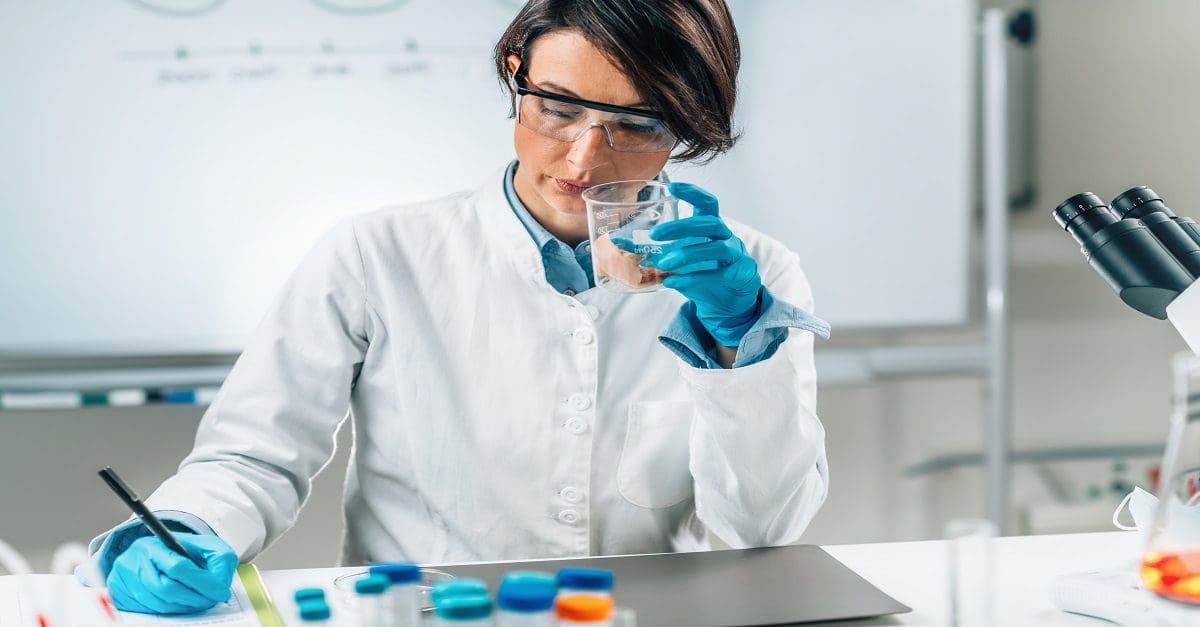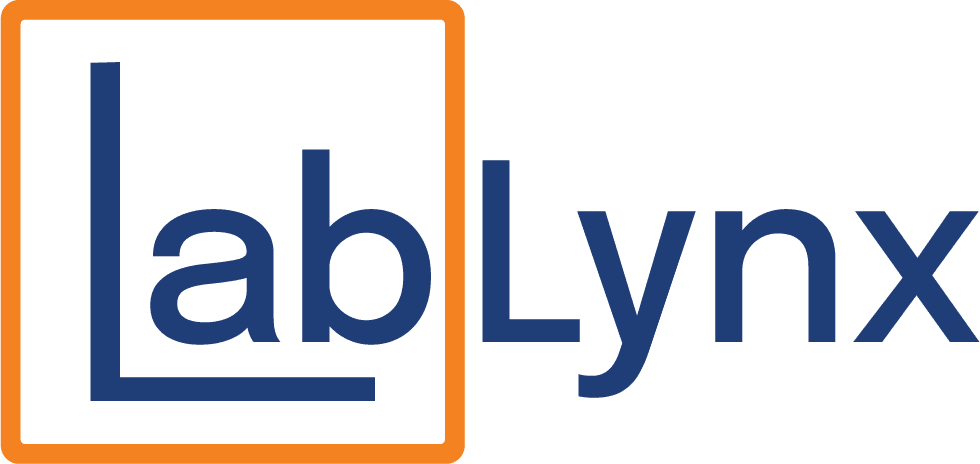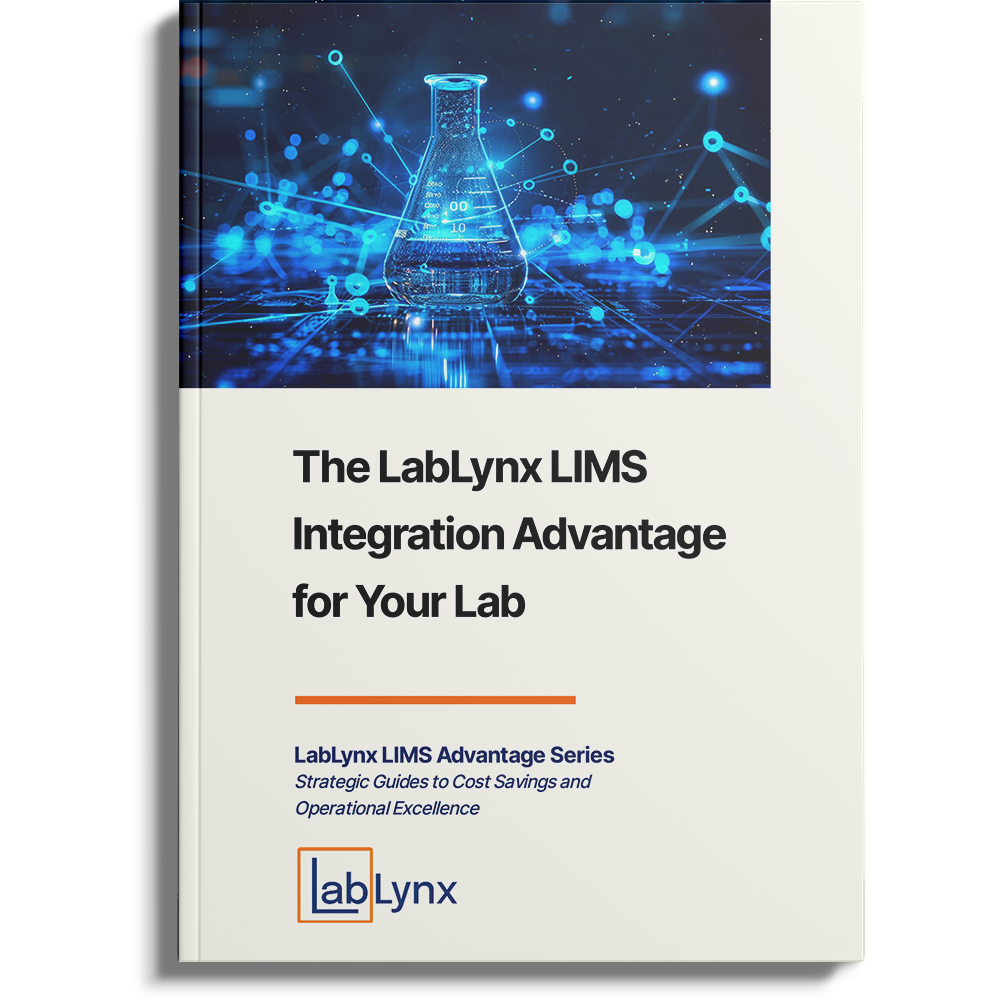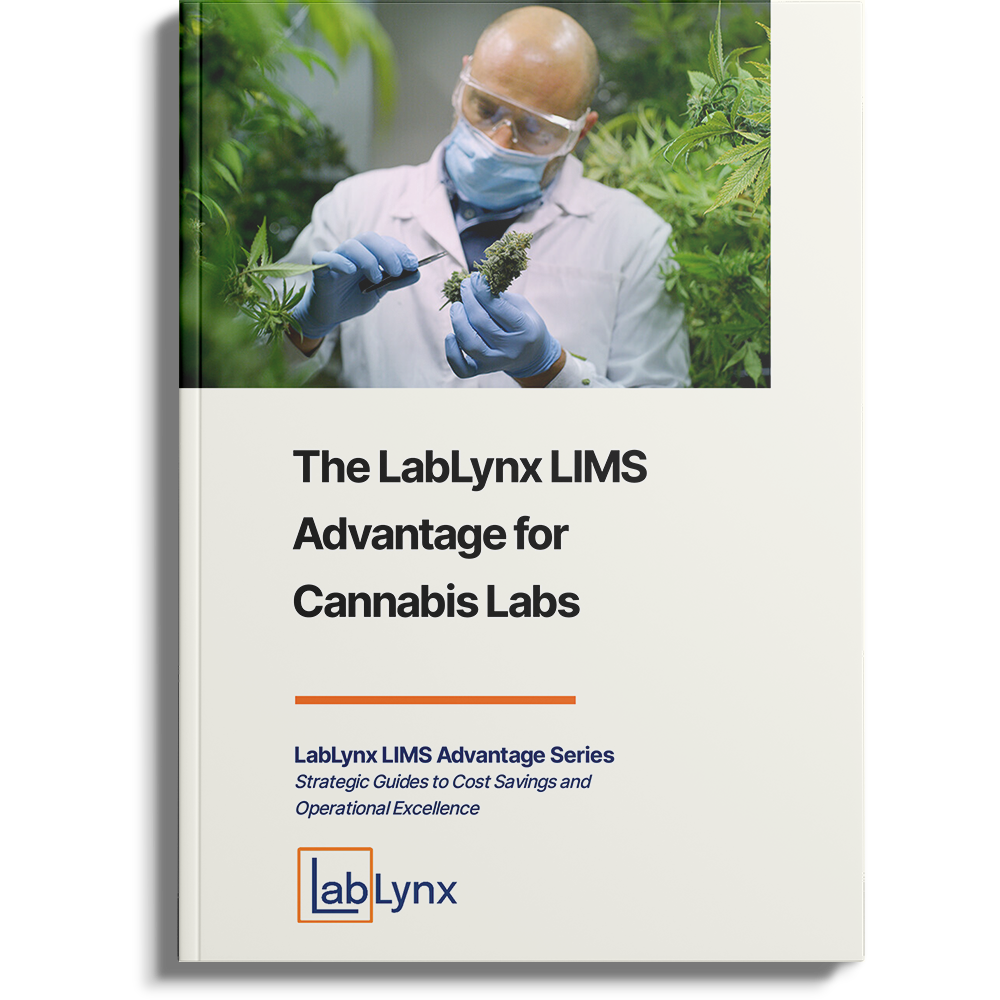
Laboratory quality control (QC) and quality assurance (QA) are essential in highly regulated industries, including food, cosmetics, healthcare, and pharmaceuticals. Even while the term “quality” has a wide range of applications, in a laboratory setting, it frequently refers to the accuracy and dependability of results. Systems that dependably deliver highly accurate results are acceptable, but they can be maximized with a robust quality management system (QMS), delivering remarkable results.
Benefits of an exceptional QC laboratory
Quality and compliance go hand in hand and can be the foundation of a successful firm. For research and manufacturing businesses and their clients, a lack of QC and QA can have disastrous effects, such as Johnson & Johnson’s 2021 recall of benzene-containing sunscreen products.[1] A low level of the solvent benzene—a carcinogen—was discovered in their sunscreens, and Johnson & Johnson issued a voluntary recall to combat this. Thankfully, this harmful substance was found and identified due to laboratory quality testing. Nonetheless, it opened Johnson & Johnson up to large-scale liability risks.
To ensure that outputs are dependable and compliant with regulations, lab personnel must work thoroughly to meet quality and compliance standards. Having a good, sound laboratory QMS in place is one necessity for aiding in the prevention of errors like these. Of course, all businesses should place a strong focus on quality, especially those developing and manufacturing consumer pharmaceutical products.
QC needs in a regulated industry
The QC laboratory is crucial to the production and distribution of pharmaceuticals. It is in charge of several things, such as environmental surveillance through sampling, bioburden counts, microbial identifications, and tracking and trending of data.
Federal laws, as well as the company’s quality processes, must be followed during these operations. It is essential that a QC laboratory conduct tests precisely, dependably, and promptly since they define the level of control of the manufacturing environment and are crucial for product releases.
A strict QC and quality management method must be followed and upheld in these and other similar laboratories. By not doing so, they run the risk of failing their certification to standards such as ISO/IEC 17025, accreditation bodies like the College of American Pathologists (CAP) and National Institute of Standards and Technology (NIST), and regulations such as 21 CFR Part 11 and the Clinical Laboratory Improvement Amendments (CLIA).
Effective QC laboratory traits
A successful and productive laboratory rests on several efficiency-related pillars. Common areas that can ultimately result in success in a laboratory setting should be assessed regularly to ensure continuous compliance with operational and legislative standards.
Ideal lab performance is the foundation of effective laboratory administration and can be improved with an emphasis on the following areas of the laboratory environment :
- Organization: A systematic QMS must be used to structure the laboratory and encourage consistent practices. A quality-driven culture includes structures for monitoring ongoing quality, as well as the management team and quality unit. Ideal organizations can ensure that crucial pieces of information are not lost and are appropriately documented throughout the research process.
- Equipment: To function safely, every piece of equipment utilized in the lab needs to be maintained in top working order. To ensure the most significant level of quality, laboratories must also keep track of installation procedures, equipment suppliers, calibration procedures, and the equipment’s replacement need to ensure user safety. It is also imperative that employees comply with regulatory restrictions when using heavy equipment.
- Inventory management: Properly managing the supply chain is critical to ensure that raw inputs and other supplies are consistently of high quality. Inventory activities should verify that materials and supplies are stored in a way that protects resource integrity. One of the more efficient, value-based routes is for the lab to adopt an inventory management system.
- Personnel: The most valuable laboratory resources are competent, qualified workers who are compelled to deliver thorough work. The foundation of the QMS is training, inspiration, and engagement. Additionally, you must include documentation of every training procedure in your QMS so that you may repeat the program with those who may join your team at a later time.
- Process management: Effective laboratory process control includes testing QC procedures such as collection handling, process validation, and method verification to ensure that laboratory processes are meeting their greatest efficiency objectives and any other key performance indicators (KPIs) the laboratory has.
A significant element of process management is information management, which may be enhanced with a variety of technologies designed to boost operational efficiencies through information management techniques.
Information management in the QC laboratory
The laboratory generates a variety of information, such as data from QC tests, maintenance reports, patient data related to diagnostic tests, outcomes, and more. This data and information must be handled in such a way that only those with the proper access rights, such as lab managers and leadership, may access it. Additionally, that data and information must remain accurate, secure, and private. These and other considerations for information management are essential to remaining compliant with legislative restrictions on sensitive patient data, such as the Health Insurance Portability and Accountability Act (HIPAA).[2]
With these and other demands—keeping in mind that documents must be current, accurate, secure, and accessible at the point of use—any growth-oriented organization should prioritize finding the ideal information and document management software. This is especially important because the laboratory’s quality system must be documented, understood, stable, and dependable, in addition to supporting ongoing quality improvement. The lab must be able to show that there is a “system” in place, not merely a collection of randomly occurring operations. Internal and external audits and regular reviews must be conducted on these operations to ensure the efficiency and fluidity of the process.[3]
Laboratory information management systems (LIMS) can contribute to a laboratory’s successful quality system by allowing for a lab to ultimately remain organized. LabLynx offers a customized LIMS that can be configured depending on the industry while remaining in accordance with reporting and operating guidelines. The built-in capabilities of LabLynx ELab LIMS will help you stay in compliance with CLIA, HIPAA, 21 CFR Part 11, ISO/IEC 17025, FDA, EPA, and more.
References
[1] https://www.jnj.com/johnson-johnson-consumer-inc-issues-voluntary-recall-of-specific-neutrogena-and-aveeno-aerosol-sunscreen-products-due-to-the-presence-of-benzene [2] https://www.hhs.gov/hipaa/index.html [3] http://www.ncbi.nlm.nih.gov/pmc/articles/pmc2556587/





